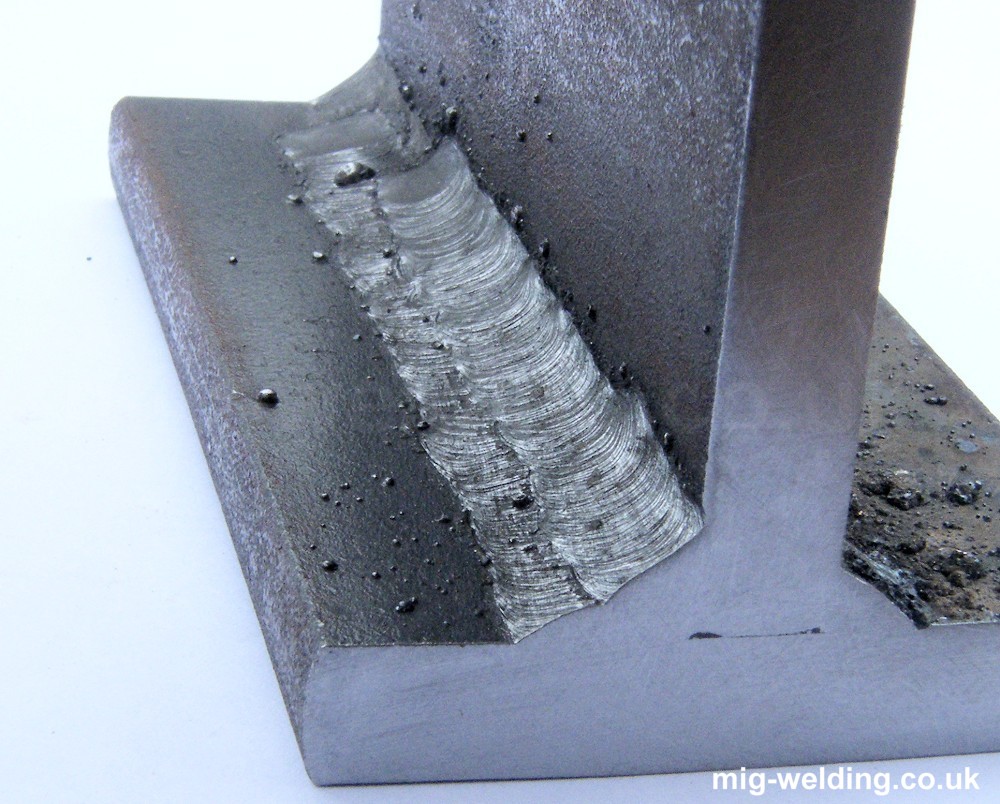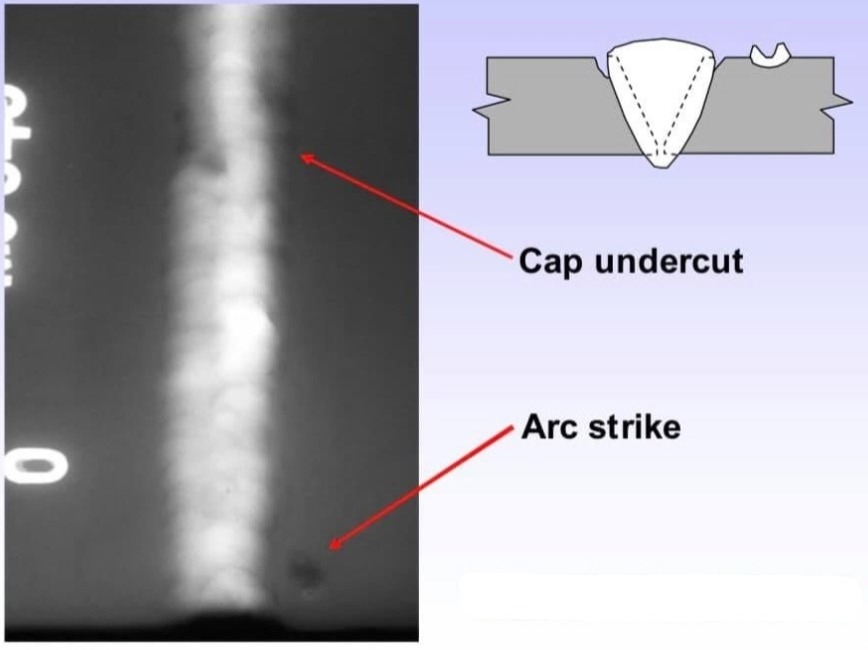Ideal Practices for Preventing Weld Undercut: Grasping the Basics
Ideal Practices for Preventing Weld Undercut: Grasping the Basics
Blog Article
Grasping the Art of Welding: How to Prevent Undercut Welding Issues for Flawless Fabrication Outcomes
Performance and accuracy are critical on the planet of welding, where also the tiniest flaw can compromise the structural honesty of a made item. One common challenge that welders face is undercutting, a defect that can deteriorate a weld joint and lead to costly rework. By recognizing the origin of undercut welding and implementing efficient strategies to avoid it, welders can boost their craft to new levels of excellence (Preventing weld undercut). In the quest of perfect construction outcomes, mastering the art of welding to avoid undercut problems is not just a skill yet a necessity for those striving for perfection in their work.
Comprehending Undercut Welding

To avoid undercut welding, welders should ensure appropriate welding parameters, such as adjusting the present, voltage, travel rate, and keeping the appropriate electrode angle. Additionally, making use of the appropriate welding method for the specific joint arrangement is necessary. Employing weaving motions or backstepping methods can help guarantee appropriate weld steel deposition and minimize the probability of undercut development. Regular examination of welds during and after the welding procedure is also vital to catch any type of undercut very early and make essential changes to stop more flaws. Preventing weld undercut. By understanding the sources of undercut welding and executing preventive actions, welders can achieve high-quality, structurally audio welds.
Causes of Undercut in Welding
Comprehending the variables that contribute to damage in welding is essential for welders to generate top notch, structurally sound welds. Insufficient welding incorrect or existing welding speed can likewise add to damage. Understanding these reasons and implementing appropriate welding techniques can assist protect against undercutting issues, making sure sturdy and solid welds.
Techniques to stop Undercutting

To alleviate the danger of undercutting in welding, welders can employ calculated welding methods targeted at enhancing the quality and honesty of the weld joints. One effective method is to adjust the welding parameters, such as voltage, present, and travel rate, to make sure appropriate warmth input and deposition. Maintaining an appropriate electrode angle and making certain consistent traveling rate can likewise assist prevent undercut. Furthermore, making use of the correct welding technique for the specific joint arrangement, such as weave or stringer beads, can add to lowering damaging. Preventing weld undercut.
Moreover, correct joint prep work, including making sure tidy base products devoid of see this here impurities and making use of the ideal welding consumables, is vital in protecting against undercut defects. Employing back-step welding strategies and controlling the weld grain account can additionally help disperse warmth uniformly and reduce the danger of undercut. Normal evaluation of the weld joint during and after welding, as well as applying quality control measures, can assist in resolving and spotting damaging issues quickly. By carrying out these methods vigilantly, welders can achieve flawless manufacture results with minimal undercut defects.
Importance of Correct Welding Specifications
Selecting and preserving appropriate welding parameters is necessary for accomplishing successful welds with marginal problems. Welding parameters describe variables such as voltage, current, travel rate, electrode angle, and protecting gas flow price that directly influence the welding procedure. These criteria have to be meticulously readjusted based on the type of product being bonded, its thickness, and the welding technique utilized.
Appropriate welding specifications make certain the correct amount of heat is related to thaw the base metals and filler material consistently. If the specifications are established expensive, it can lead to excessive warm input, creating burn-through, distortion, or spatter. On the other hand, if the parameters are as well reduced, insufficient blend, lack of infiltration, or undercutting might take place.
Quality Control in Welding Operations

Conclusion
Finally, understanding the art of welding needs a thorough understanding of undercut welding, its causes, and methods to avoid it. By ensuring correct welding parameters and implementing top quality assurance practices, remarkable manufacture results can be achieved. It is essential for welders to continually strive for quality in their welding operations to avoid undercut problems and produce top quality welds.
Undercut welding, an usual problem in welding procedures, happens when the weld metal does not appropriately fill the groove and leaves a groove or anxiety along the welded joint.To protect against undercut welding, welders should make certain appropriate welding criteria, such as adjusting the current, voltage, travel speed, and keeping the appropriate electrode angle. Insufficient welding inaccurate or present welding rate important source can likewise contribute to damage.To reduce the danger of undercutting in welding, welders can utilize strategic welding strategies intended at boosting the high quality and stability of the weld joints.In verdict, mastering the art of welding requires an extensive understanding of undercut welding, its reasons, and strategies to stop it.
Report this page